Blog
Steam Iron vs Dry Iron: Which One Should You Buy?
Updated on Nov 2025
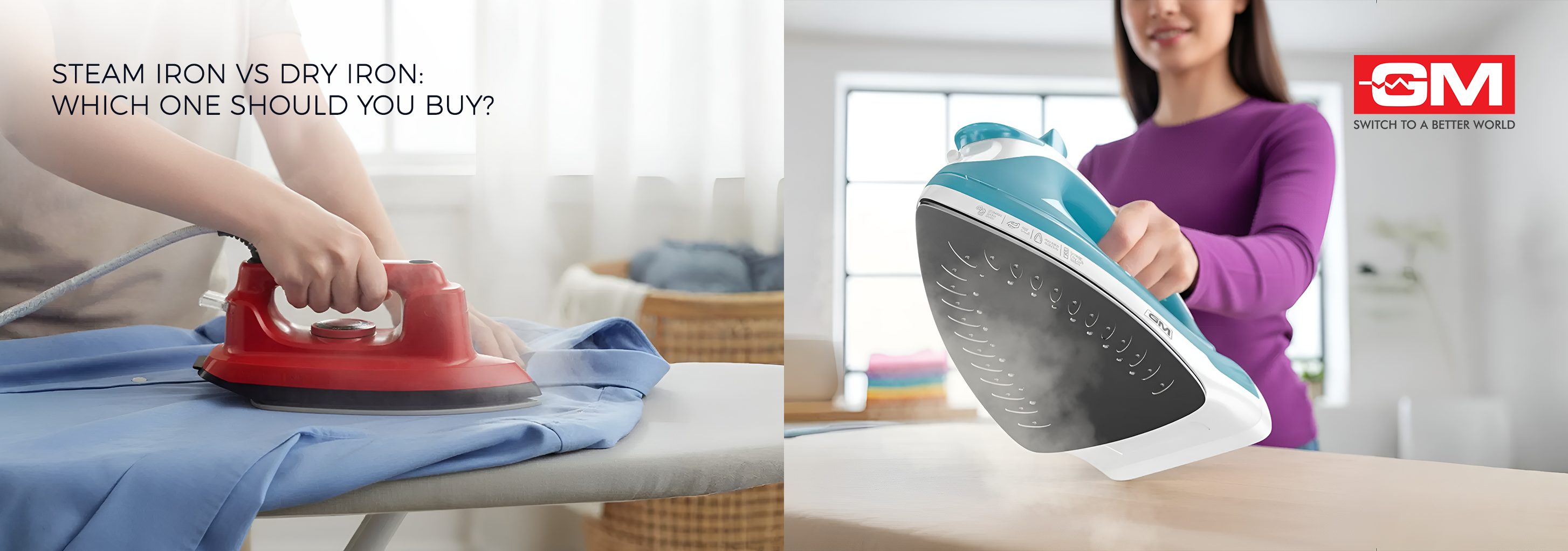
Personality speaks for you when in pubic, and appearances, specifically, speak volumes. It is not a secret that well-ironed clothes have become a symbol of confidence and neatness. From a crisp shirt for an important meeting or a smooth saree for a family function, a good iron plays a bigger role than most of us realise. But when you step into the market looking for one, the question often arises: Should you go for a steam iron or a dry iron?
Both types of irons are designed to remove wrinkles and give clothes a polished finish, yet they differ in how they function and the results they deliver. The steam iron uses water and heat to generate steam, which helps relax fabric fibers, while a dry iron relies solely on heat and pressure. Each has its own advantages, and understanding these differences is essential before making a choice.
As technology evolves, so do the features that make ironing faster, safer, and more efficient. Choosing the right type of iron in 2025 depends on your fabric preferences, lifestyle, and how often you iron.
Which One to Buy: Steam Iron or Dry Iron?
Before deciding, here is a detailed breakdown on how both these irons perform across key aspects such as functionality, fabric compatibility, ease of use, and long-term value.
1. Functionality and Performance
A steam iron comes equipped with a water tank that produces steam through heated vents. This steam penetrates deep into fabric fibers, relaxing them and making it easier to remove stubborn wrinkles. It’s ideal for cotton, linen, or thick materials that tend to crease easily. Some advanced models also feature adjustable steam levels, vertical steaming for hanging garments, and anti-drip systems.
A dry iron, on the other hand, is simpler; it doesn’t use water or steam. It works by applying direct heat to fabrics through a flat soleplate. While it may require a bit more effort on stubborn wrinkles, it offers consistent performance for smoother, lightweight fabrics like silk, polyester, or rayon. Its simplicity also makes it highly durable and low-maintenance.
2. Ease of Use
If convenience and speed are your top priorities, the steam iron is a clear winner. The addition of steam makes ironing quicker and more effective, even on multiple layers of clothing. Many models now feature ergonomic handles, spray mist functions, and temperature controls for different fabrics.
However, the dry iron holds its ground when it comes to simplicity. It’s lightweight, easy to manoeuvre, and doesn’t require refilling water tanks or cleaning mineral deposits. For someone who irons occasionally or prefers straightforward operation, this is a reliable choice.
3. Fabric Versatility
When comparing steam iron vs dry iron, versatility is a major differentiator. Steam irons are designed to handle a wide range of materials, from cotton shirts and jeans to curtains and upholstery, thanks to their moisture-based softening ability. You can even use them for vertical steaming on delicate garments.
In contrast, dry irons are better suited for fabrics that are sensitive to water or heat fluctuations, like silk, satin, or synthetic blends. They offer a steady temperature output, reducing the risk of water stains or fabric burns. Many users keep both irons, a steam iron for everyday garments and a dry iron for delicate fabrics.
4. Maintenance and Durability
A steam iron needs regular upkeep, frequent cleaning of its water tank and steam vents to prevent scale buildup, especially if you use hard water. Neglecting maintenance can lead to clogging and reduced steam output.
A dry iron, being mechanically simpler, is virtually maintenance-free. It has no water tank or steam holes, which means there’s less that can go wrong. If you want an iron that lasts long without much care, the dry version is the way to go.
5. Weight and Design
When it comes to design, steam irons tend to be bulkier because of the integrated water reservoir. However, modern designs have improved balance and grip, making them comfortable to handle for longer ironing sessions.
Dry irons are compact and lightweight, making them ideal for quick touch-ups or travel. Many brands now offer sleek, modern designs with non-stick or ceramic soleplates that glide smoothly over all fabric types.
6. Power Consumption
Power efficiency is often overlooked when buying an iron. Generally, steam irons consume more power since they use energy both to heat the soleplate and to generate steam. However, newer models have auto shut-off features and advanced thermostats to optimize power use.
In comparison, dry irons are more energy-efficient as they don’t require water heating. If you iron occasionally or are conscious about electricity bills, this could be a deciding factor.
7. Price and Value
A steam iron is usually more expensive due to its advanced features, steam bursts, adjustable settings, anti-calc systems, and non-stick coatings. But the investment often pays off in convenience and results.
A dry iron is more budget-friendly, offering solid performance at a lower cost. For everyday use on light fabrics, it delivers good results without burning a hole in your pocket.
8. Safety Features
Most steam irons today come with enhanced safety functions like automatic shut-off, anti-drip technology, and thermal fuses to prevent overheating. Some even have sensors that detect inactivity and cut power automatically.
While dry irons don’t always have as many features, their simpler design makes them inherently safer; there’s no chance of water leakage or steam burns.
9. Results and Finish
In terms of finish, a steam iron provides a smoother and more professional result. The steam helps eliminate wrinkles faster and gives garments a polished look. It’s especially useful for cotton and linen that demand crisp lines.
A dry iron gives you more control over heat application and is ideal for delicate garments that can’t handle moisture. Though it may take more effort on heavier fabrics, it provides precision and prevents damage to sensitive materials.
10. Portability and Travel
If you travel frequently, dry irons win hands down. Their compact size, lightweight build, and easy maintenance make them perfect for travel bags.
Some steam irons come in portable variants too, but they can be heavier and may leak water if not positioned upright.
Which Iron Should You Buy?
Choosing between a steam iron and a dry iron ultimately depends on your lifestyle and fabric needs.
-
Pick a steam iron if you iron frequently, want quick and professional results, and mostly deal with thick or heavy fabrics.
-
Choose a dry iron if you prefer simplicity, iron occasionally, or need something lightweight and travel-friendly.
With smarter models, better energy efficiency, and advanced coating technology, both types have evolved significantly. However, if convenience and speed matter most, a steam iron still edges ahead.
The difference between a dry iron and a steam iron lies not just in their mechanism but in the kind of care they offer to your clothes. A steam iron brings speed, ease, and versatility, while a dry iron promises reliability and simplicity. Whichever you choose, ensure it matches your ironing frequency, fabric types, and lifestyle needs. The right choice can make your daily routine smoother, quite literally.
Frequently Asked Questions - Steam Iron Vs Dry Iron
Q. What is the difference between a dry iron and a steam iron?
A dry iron uses only heat to press clothes, while a steam iron uses both heat and steam to remove wrinkles more efficiently.
Q. Dry iron vs steam iron, which is better for delicate fabrics?
Dry irons are better for delicate fabrics like silk or polyester as they don’t release moisture, preventing fabric damage or water stains.
Q. What are the advantages of a steam iron vs a dry iron?
Steam irons offer faster wrinkle removal, better fabric softening, and are more effective for thicker fabrics compared to dry irons.
Q. Which type of iron lasts longer?
Generally, dry irons last longer as they have fewer parts and no water components, making them low-maintenance and durable.
Related Blogs
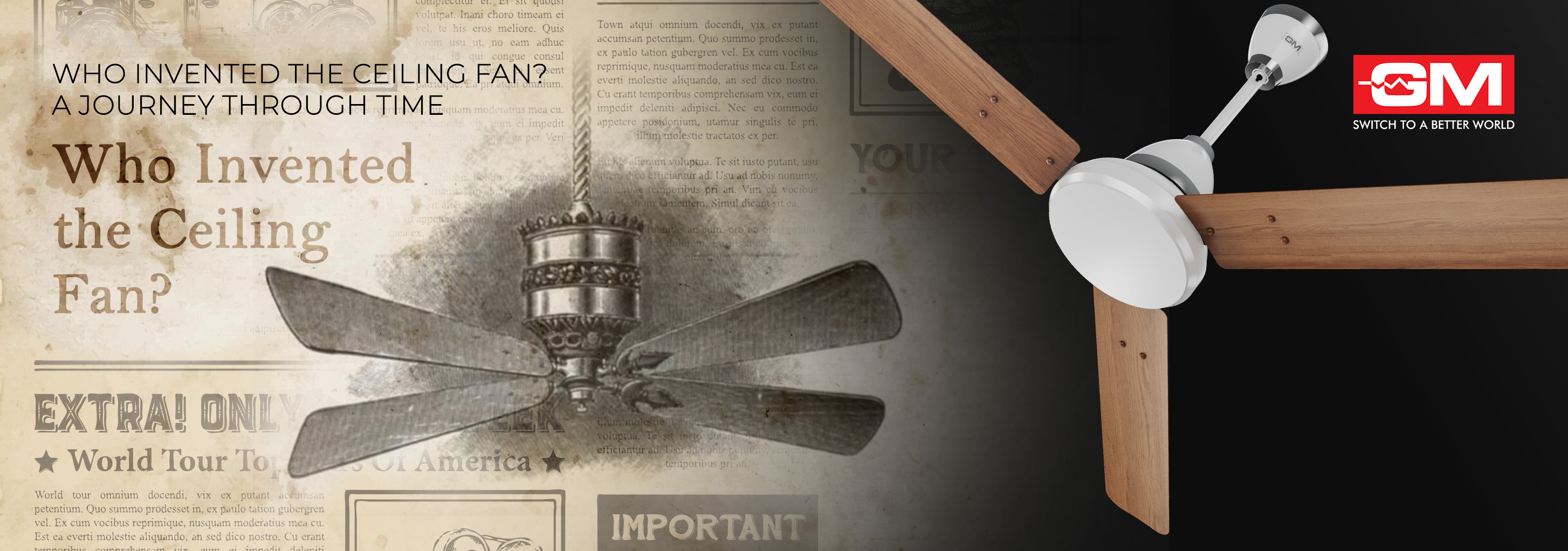
Who Invented the Ceiling Fan? A Journey Through Time
Ceiling fans are a quiet yet transformative part of life at home, offering comfort, style, and energy savings all year round. But not many of us know about the invention of the ceiling fan and how this humble device revolutionised modern living. To a
Read More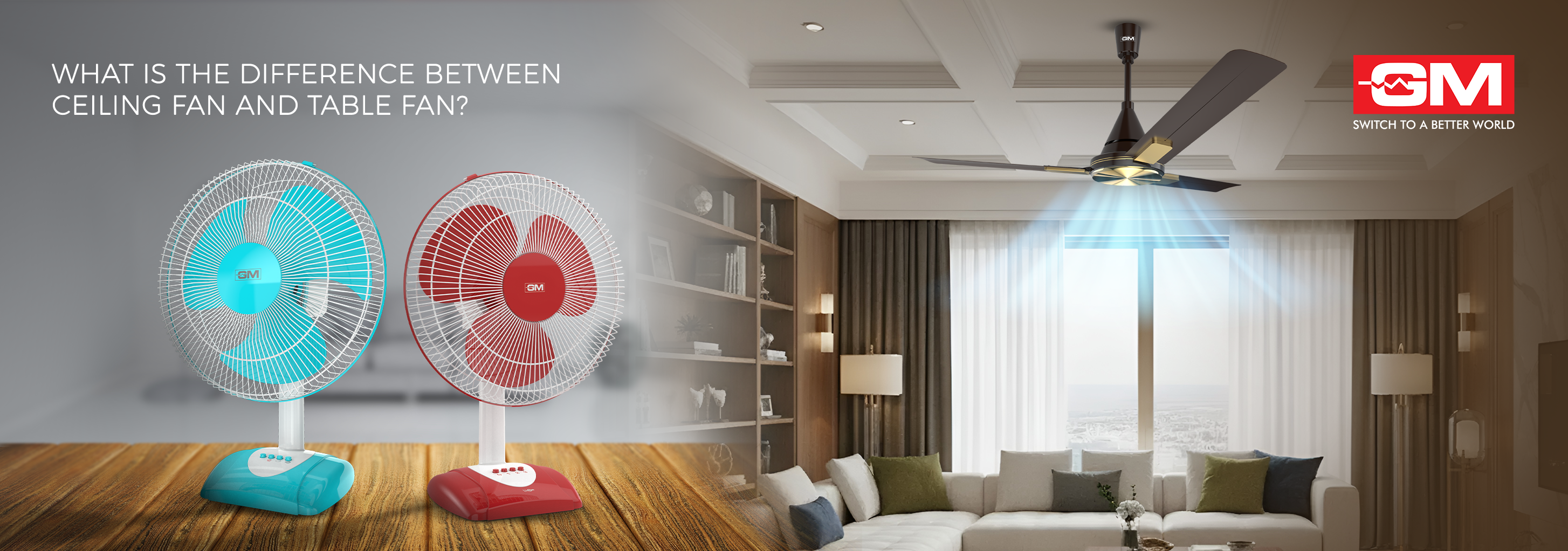
What is the Difference Between a Ceiling Fan and a Table Fan?
Fans are easy to use and save energy, so most people use them to keep a room cool and comfortable. But before you buy one, you should know what makes a ceiling fan different from a table fan. They both move air, but they do it in very different ways
Read More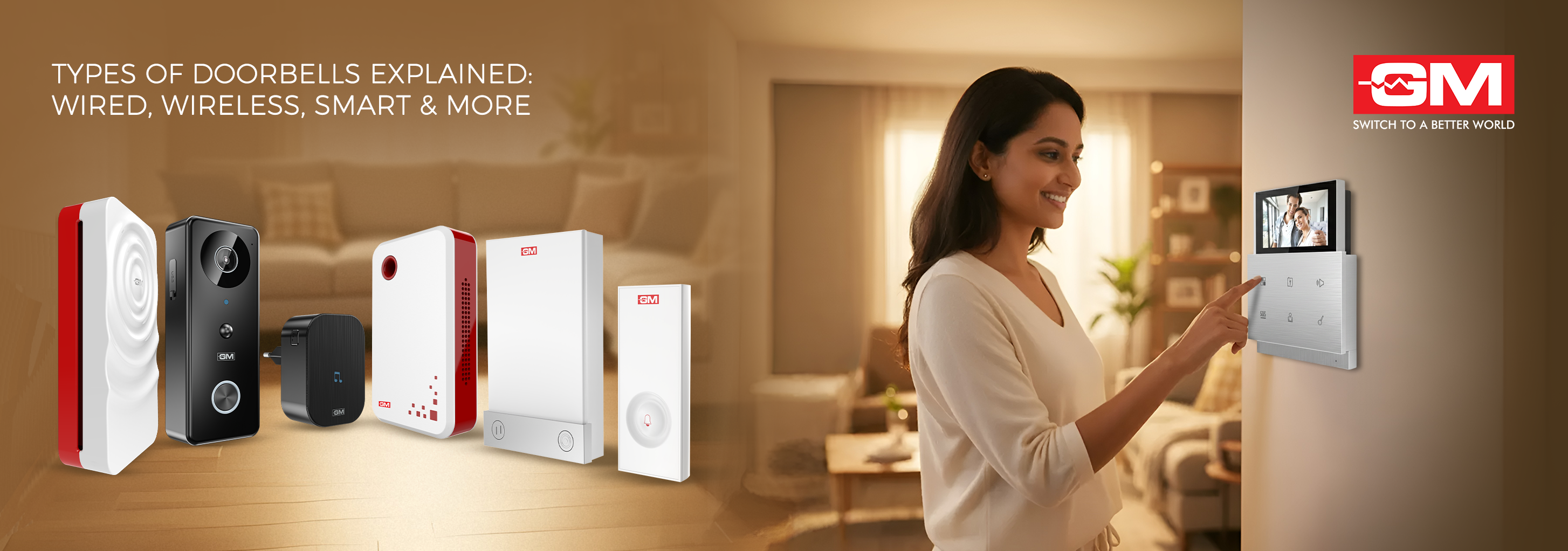
Types of Doorbells Explained: Wired, Wireless, Smart, and More
A doorbell is one of the most important parts of a home or office, but it's also one of the most common things that people forget about. It not only lets visitors know you're home, but it also makes your space more convenient, safe, and stylish. The
Read More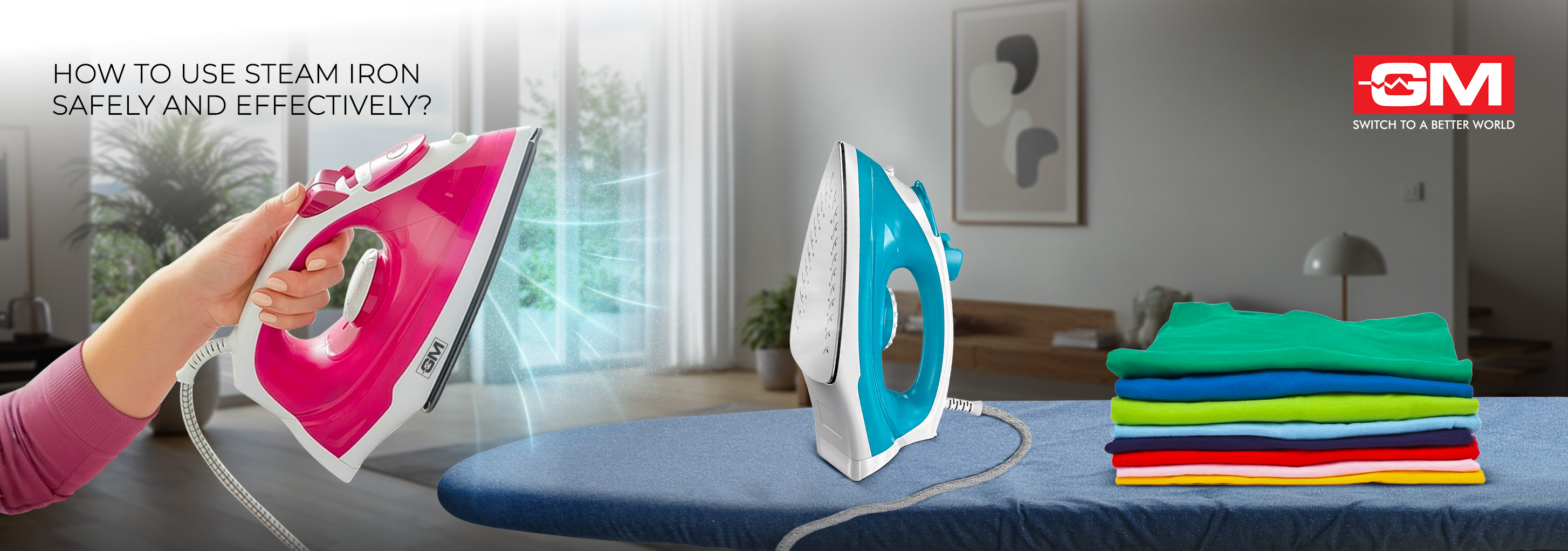
How to Use a Steam Iron Safely and Effectively?
No matter if you're going to work, a meeting, or a party, wearing a crisp, wrinkle-free outfit can boost your confidence right away. But you need to know how to use a steam iron correctly to get that perfect finish. A steam iron isn't just another ap
Read More